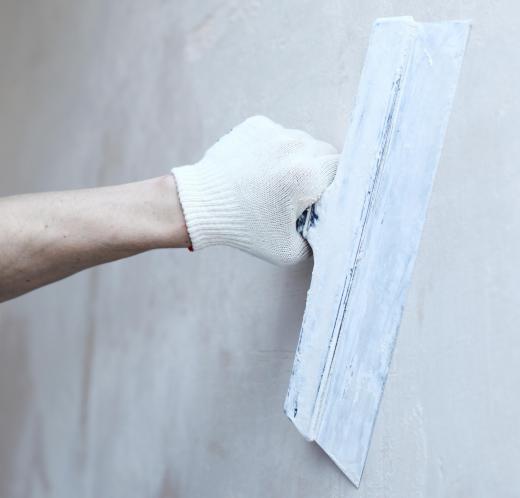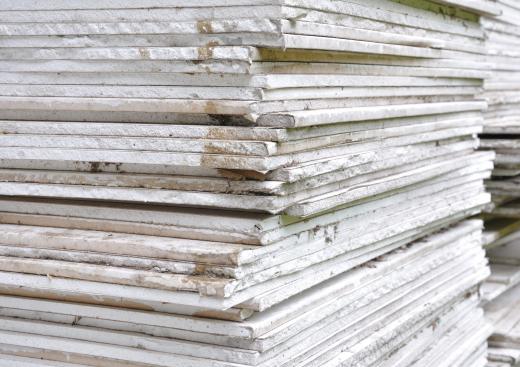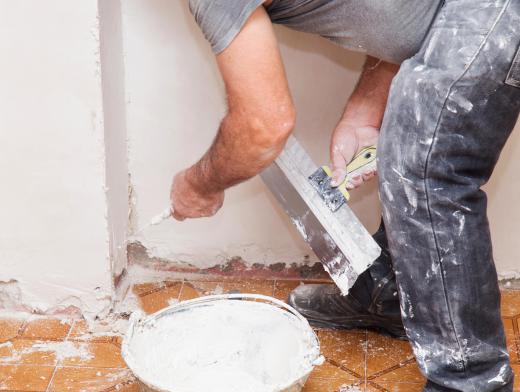Drywall construction involves constructing interior walls, ceilings and floors using prefabricated gypsum plaster paper boards, cellulose boards, and cement and fiberglass mesh boards. The boards generally have tapered edges that are joined together during the drywall installation and fixed in place using special drywall screws and drywall mesh tape. Compared to the traditional plaster method, which requires hand-plastering entire interior areas and waiting for them to dry, hanging drywall panels is easier, faster and more economical.
There are different types of drywall construction panels; these are available in different thicknesses and sizes, meant for specific applications and uses. Panels from different countries or made by different companies are usually known by different names. It is essential for a drywall contractor to be well-informed about the various types and also about the local building code regulations. There are usually specific rules regarding the types of drywall construction allowed in specific areas. For instance, areas prone to fire hazards will require fire-resistant panels, areas prone to dampness will require damp-resistant panels, and certain areas will require sound control panels.

Generally, drywall panels come in lengths of eight feet (2.44 m), nine feet (2.74 m), 10 feet (3.05 m), 12 feet (3.66 m) and 14 feet (4.27 m), and in thicknesses of 1/4 inch (0.635 cm), 3/8 inch (0.953 cm), 1/2 inch (1.27 cm), and 5/8 inch (1.588 cm). The most common type of drywall construction is the one using the standard white paper front drywall panels, usually of 1/2 inch (1.27 cm) thickness and used in both single and multi-layer applications. The much lighter weight 3/8 inch (0.953 cm) panels are usually used in multiple layers or to cover existing wallboard panels for renovation or remodeling purposes. The 1/4 inch (0.635 cm) panels are flexible and used to cover curved surfaces like archways. The thicker 5/8 inch (1.589 cm) panels are used to create stronger and more sound-proof walls and ceilings.

Aside from offering sound control, drywall construction can also make an interior space fire resistant, damp resistant, abuse resistant and sag resistant. Fire-resistant panels are incorporated with special fire resistant additives and are generally used for attached walls, garages, kitchens and rooms with fireplaces or furnaces. Damp resistant drywall panels, also known as greenboards and blueboards, are green and blue in color respectively, and are used in bathrooms and kitchens. It should be kept in mind that though they can resist moisture, they are not waterproof. They can be covered with tiles or painted over, but cement drywall panels are more ideal for bath areas.

High-traffic areas such as halls, children's rooms and recreation rooms can do with abuse-resistant panels. These panels may be of 5/8 inch (1.589 cm) thickness and will not dent or deform easily. Gypsum and cement backerboards are also quite durable. In countries with cold climates, it is ideal to use foil-backed drywall construction panels as these, by creating a vapor barrier, keep walls and ceilings free of damp.

Using drywall construction has become a popular alternative to traditional plasterwork around the world. Hanging drywall panels doesn't require much time and, with some instruction on fixing drywall joints, the work can be easily carried out by amateur builders. Drywall panels look good and, with proper care, can last a long time.
